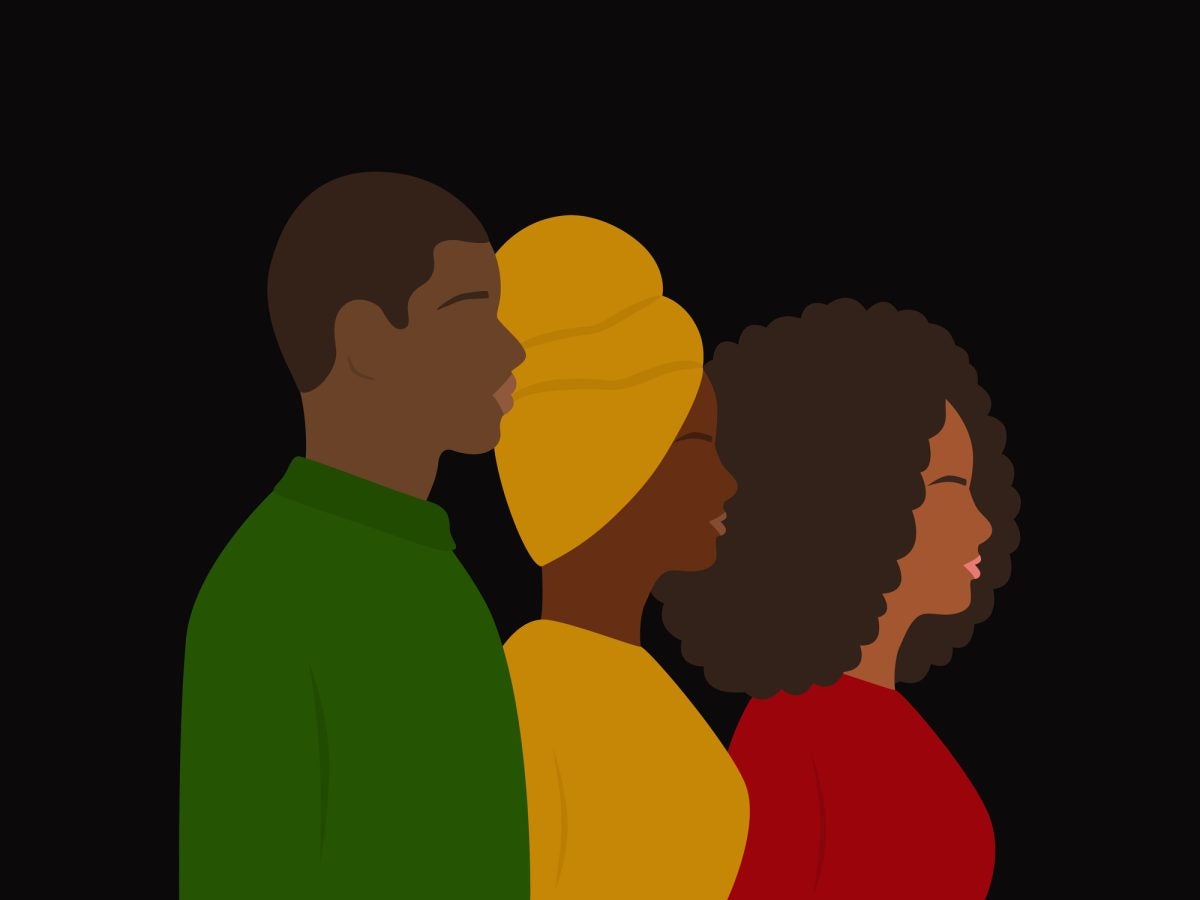
Every February, we celebrate the history, achievements, and impact of Black Americans during Black History Month. Black History Month evolved from “Negro History Week,” which was founded in 1926 by Carter G. Woodson and the Association for the Study of Negro Life and History (ASALH).
ASALH extended the week-long event to a month in 1976, after which President Gerald Ford issued a message acknowledging the month-long celebration.
Every year, ASALH has selected a theme for the annual celebration of Black history and achievements since 1928. “Over the years, the themes reflect changes in how people of African descent in the United States have viewed themselves, the influence of social movements on racial ideologies, and the aspirations of the Black community,” according to the organization.
“African Americans and the Arts” is this year’s Black History Month theme. Black artists have preserved and shared their history through their creative outlets and instilled empowerment in their communities through visual and performing arts, literature, fashion, folklore, language, music, and film.
African American art is infused with African, Caribbean and the Black American lived experiences. In the fields of visual and performing arts, literature, fashion, folklore, language, film, music, architecture, culinary and other forms of cultural expression, the African American influence has been paramount. African American artists have used art to preserve history and community memory as well as for empowerment. Artistic and cultural movements, such as the New Negro, Black Arts, Black Renaissance, hip-hop, and Afrofuturism, have been led by people of African descent and set the standard for popular trends around the world. In 2024, we examine the varied history and life of African American arts and artisans.







Expanding on the theme of African Americans and the Arts, ASALH details the intricate timeline of Black Americans and their contribution to music, art, dance and so much more despite the many years that the vast impact was denied or minimized.
They note periods of Black creativity with the Harlem Renaissance, Black Arts Movement, The Negritude Movement and name major African American artists such as Josephine Baker, Langston Hughes, Alvin Ailey, Nikki Giovanni, DJ Kool Herc, Amiri Baraka, Octavia Butler and so many more creatives.
In celebration of this year’s theme, The National African American History and Culture Museum will host a series of events, provide resources and have special exhibitions.





